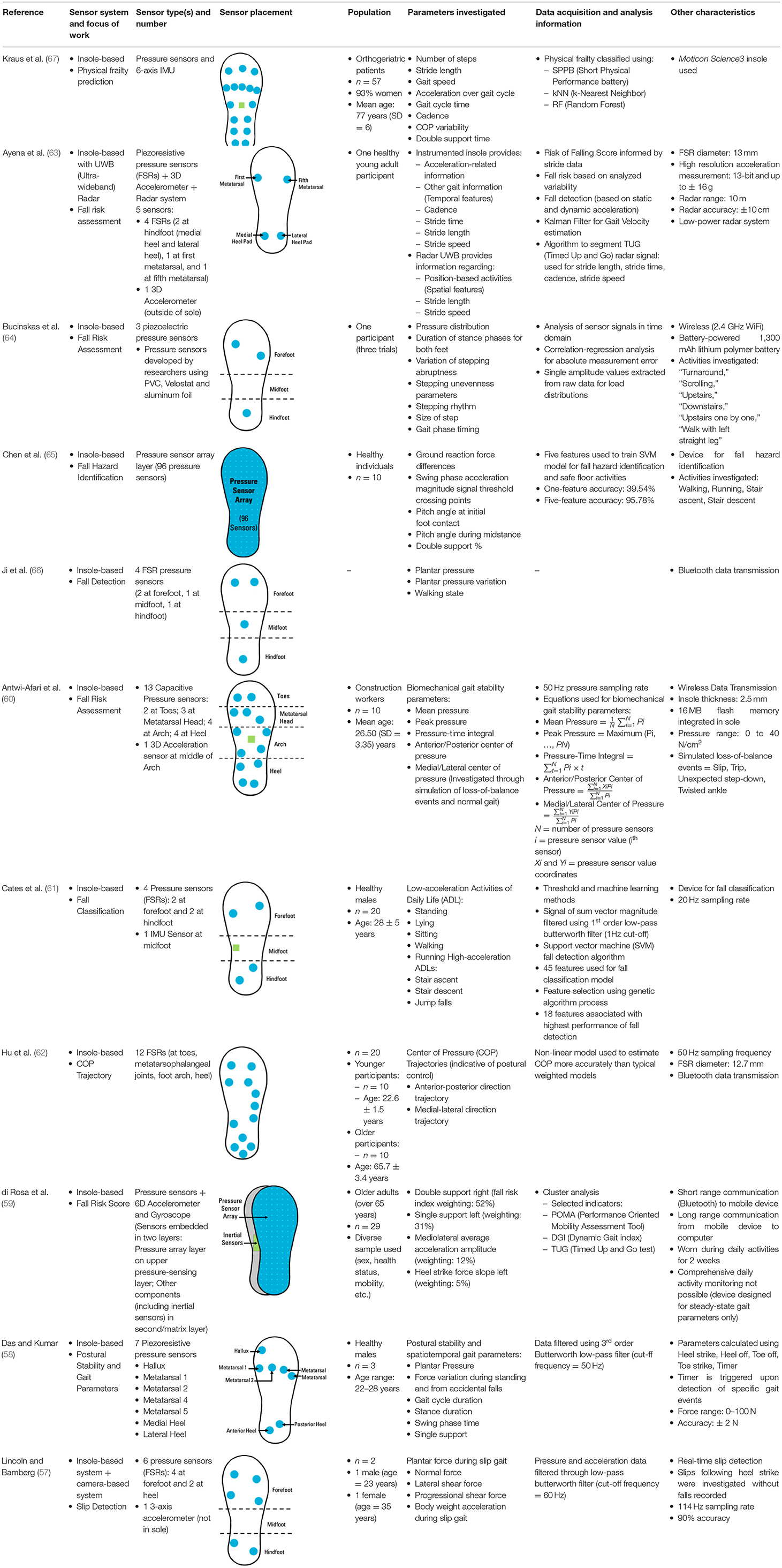Getting My Dementia Fall Risk To Work
Table of ContentsLittle Known Questions About Dementia Fall Risk.10 Simple Techniques For Dementia Fall RiskFascination About Dementia Fall RiskExamine This Report on Dementia Fall Risk
An autumn risk evaluation checks to see just how most likely it is that you will drop. It is mostly provided for older grownups. The evaluation generally consists of: This includes a series of inquiries concerning your overall wellness and if you've had previous drops or troubles with balance, standing, and/or strolling. These devices test your strength, equilibrium, and stride (the means you stroll).Treatments are referrals that might minimize your risk of dropping. STEADI consists of 3 actions: you for your threat of dropping for your threat variables that can be improved to attempt to avoid drops (for example, balance problems, damaged vision) to minimize your danger of dropping by using effective methods (for instance, providing education and sources), you may be asked several inquiries consisting of: Have you fallen in the previous year? Are you worried concerning falling?
Then you'll rest down again. Your provider will certainly check for how long it takes you to do this. If it takes you 12 secs or more, it may suggest you are at higher threat for a loss. This test checks toughness and equilibrium. You'll sit in a chair with your arms crossed over your chest.
Relocate one foot halfway onward, so the instep is touching the large toe of your other foot. Relocate one foot fully in front of the various other, so the toes are touching the heel of your other foot.
The Ultimate Guide To Dementia Fall Risk
Many drops happen as an outcome of multiple contributing variables; therefore, taking care of the threat of falling begins with determining the elements that add to drop threat - Dementia Fall Risk. A few of the most pertinent threat elements include: Background of previous fallsChronic medical conditionsAcute illnessImpaired stride and balance, reduced extremity weaknessCognitive impairmentChanges in visionCertain risky medicines and polypharmacyEnvironmental variables can additionally enhance the danger for drops, including: Inadequate lightingUneven or damaged flooringWet or unsafe floorsMissing or damaged handrails and order barsDamaged or incorrectly equipped devices, such as beds, wheelchairs, or walkersImproper use assistive devicesInadequate guidance of individuals living in the NF, including those who show hostile behaviorsA effective autumn threat monitoring program calls for a detailed clinical analysis, with input from all members of the interdisciplinary group

The treatment plan should likewise consist of treatments that are system-based, such as those that see here advertise a safe try this out environment (suitable illumination, hand rails, get hold of bars, and so on). The performance of the interventions need to be evaluated regularly, and the care strategy modified as necessary to reflect adjustments in the autumn risk assessment. Applying a loss danger monitoring system utilizing evidence-based finest method can decrease the frequency of falls in the NF, while limiting the possibility for fall-related injuries.
The Buzz on Dementia Fall Risk
The AGS/BGS guideline recommends screening all grownups aged 65 years and older for loss risk every year. This testing contains asking patients whether they have dropped 2 or even more times in the past year or sought clinical focus for an autumn, or, if they have actually not dropped, whether they really feel unstable when strolling.
People that have actually fallen as soon as without injury ought to have their balance and stride examined; those with stride or see this site balance problems must receive additional evaluation. A history of 1 fall without injury and without gait or balance issues does not call for more analysis beyond continued yearly loss threat testing. Dementia Fall Risk. A loss threat evaluation is required as part of the Welcome to Medicare evaluation

Getting My Dementia Fall Risk To Work
Documenting a falls history is one of the quality indications for fall prevention and administration. A critical component of threat evaluation is a medication evaluation. A number of courses of drugs raise autumn danger (Table 2). Psychoactive drugs specifically are independent forecasters of falls. These drugs have a tendency to be sedating, modify the sensorium, and impair balance and gait.
Postural hypotension can frequently be alleviated by minimizing the dosage of blood pressurelowering medications and/or stopping drugs that have orthostatic hypotension as a side result. Use of above-the-knee assistance hose and copulating the head of the bed raised might likewise lower postural decreases in high blood pressure. The preferred components of a fall-focused physical evaluation are received Box 1.

A pull time higher than or equivalent to 12 secs suggests high fall threat. The 30-Second Chair Stand test examines lower extremity strength and equilibrium. Being unable to stand up from a chair of knee height without making use of one's arms indicates increased autumn danger. The 4-Stage Balance examination evaluates fixed balance by having the client stand in 4 settings, each considerably a lot more difficult.